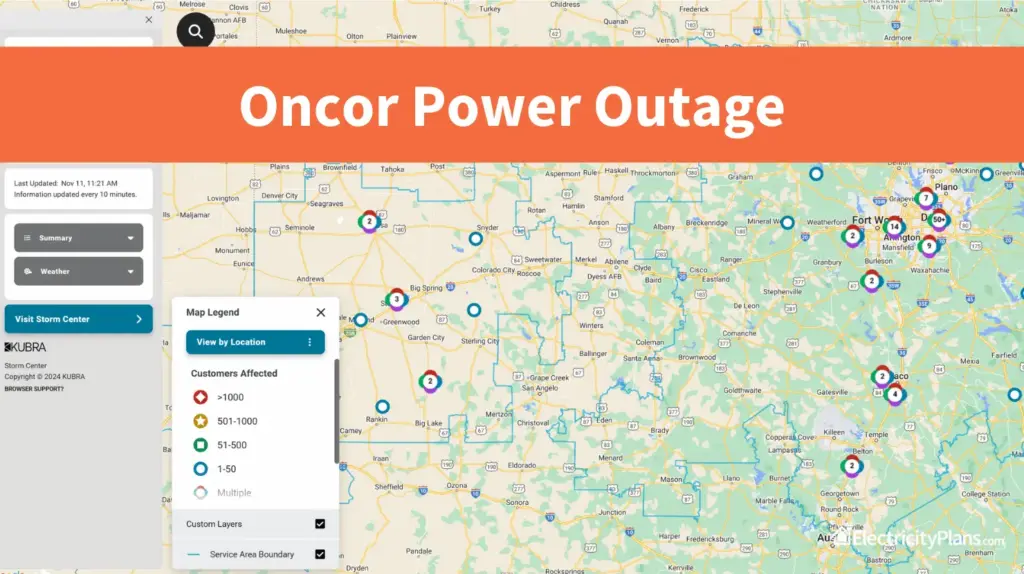
Introduction
Power outages have become increasingly relevant in today’s world, affecting millions of people and businesses globally. As weather events intensify due to climate change, understanding the causes and impacts of power outages is crucial for both individuals and local governments. With recent outages reported across Canada, this topic cannot be overstated in terms of its significance to public safety and economic stability.
Recent Events and Causes
In recent weeks, various regions in Canada have experienced significant power outages primarily due to severe weather conditions. In mid-October, a powerful storm swept through Ontario and Quebec, leading to over 500,000 homes losing power. The Ontario Energy Board reported that trees falling on power lines were among the top causes of these outages.
Furthermore, infrastructure age is a persistent issue contributing to outages. According to a report by the Canadian Electricity Association, much of the electrical grid is operating beyond its intended lifespan, which raises the risk of failures. Additionally, human error and wildlife interference still play prominent roles in power disruptions.
Impacts of Power Outages
The consequences of power outages can be severe. Businesses face financial losses, especially those in the food, healthcare, and technology sectors. For example, during the recent outages in Ontario, local hospitals implemented emergency preparedness measures, which indicated the potential danger of lengthy outages for critical care.
On a residential level, power outages affect daily life, from interruptions in heating and cooking to concerns over food spoilage. The Canadian Red Cross emphasizes the importance of having an emergency kit and a plan in place, especially during periods of extreme weather.
Solutions and Preparedness
In light of these events, communities are looking at innovative solutions to mitigate the impacts of power outages. Smart grid technology, which enhances the reliability and efficiency of power distribution, is being proposed as one potential solution. Investing in renewable energy sources, such as solar or wind, can also create a more resilient energy system.
Additionally, utility companies have begun implementing more robust vegetation management practices to reduce the incidence of tree falls on power lines. Public engagement through educational campaigns can empower citizens to prepare effectively for power disruptions.
Conclusion
As the frequency and intensity of power outages rise, understanding their causes and implications becomes increasingly crucial. The responsibility lies with both utility providers and consumers to invest in solutions and preparedness strategies. Through community resilience and technological advancements, the negative impacts of power outages can be mitigated. Staying informed and prepared can provide peace of mind and ensure safety in the face of potential electrical disruptions.



